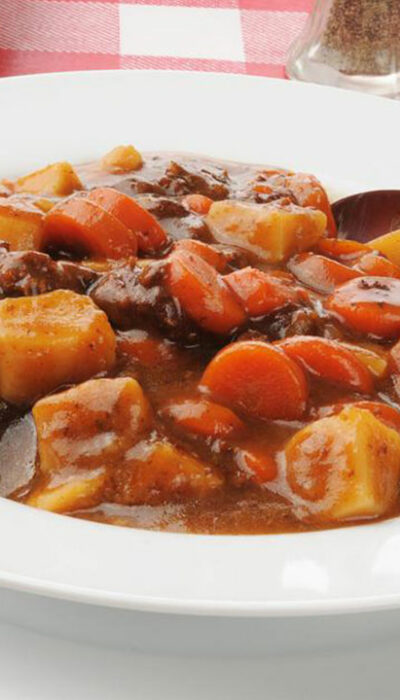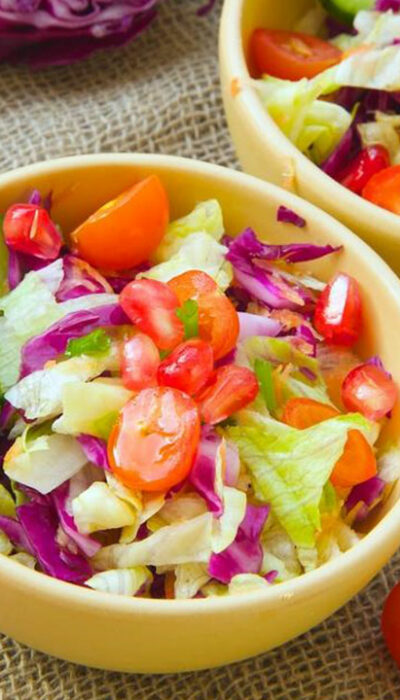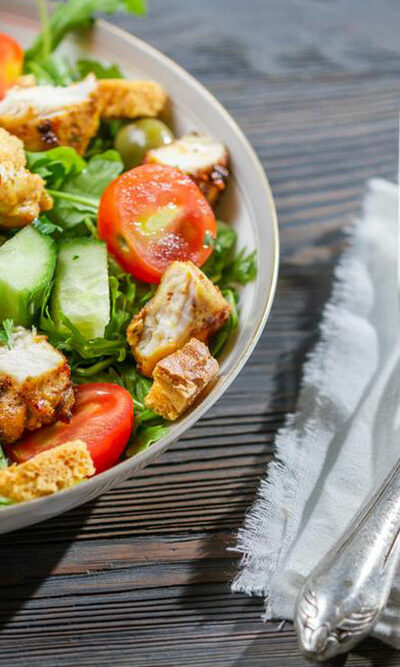
Diet Plans for Controlling the Symptoms of Eczema
Eczema is an inflammatory skin condition that causes skin irritation leading to oozing blisters and itchy rashes. This condition leads to leathery skin patches in later stages. This skin condition is common in younger children. There are environmental as well as hereditary triggers that might result in developing this skin condition. In some cases, eczema might be related to food allergies. Food products such as cow’s milk, eggs, soy products, gluten, nuts, fish, and shellfish have known to trigger or flare-up the symptoms of eczema. Thus, proper medications and eczema-friendly diet options can be a good alternative for eczema treatment. Let’s have a look at some of the eczema treatments in the form of dietary options that can provide relief from the symptoms of eczema. Fatty fish There are some cases where patients were able to get relief from the symptoms of eczema by eating fatty fish such as salmon, mackerel, herring, lake trout, sardines, albacore tuna, etc., that are rich in omega-3 fatty acids. Fatty acids help in reducing inflammation. People suffering from eczema can also consider consuming omega-3 fatty acids in the form of supplements. However, it is important to consult a health specialist before taking these supplements. Foods rich in quercetin Quercetin is a type of a flavonoid. It is a type of polyphenol that is found in a number of fruits and vegetables. It is a natural antioxidant and antihistamine as it reduces histamine levels as well as inflammation in the body. Foods that are rich in quercetin include apples, blueberries, cherries, broccoli, spinach, and kale. Probiotic foods Probiotic foods help in developing a strong immune system. This further helps in reducing flare-ups and allergic reactions occurring due to eczema. Foods rich in probiotics can be considered as a good option for eczema treatment. Some of the probiotic foods include sourdough bread, miso soup, naturally fermented pickles, soft cheeses, unpasteurized sauerkraut, kefir, and tempeh.










